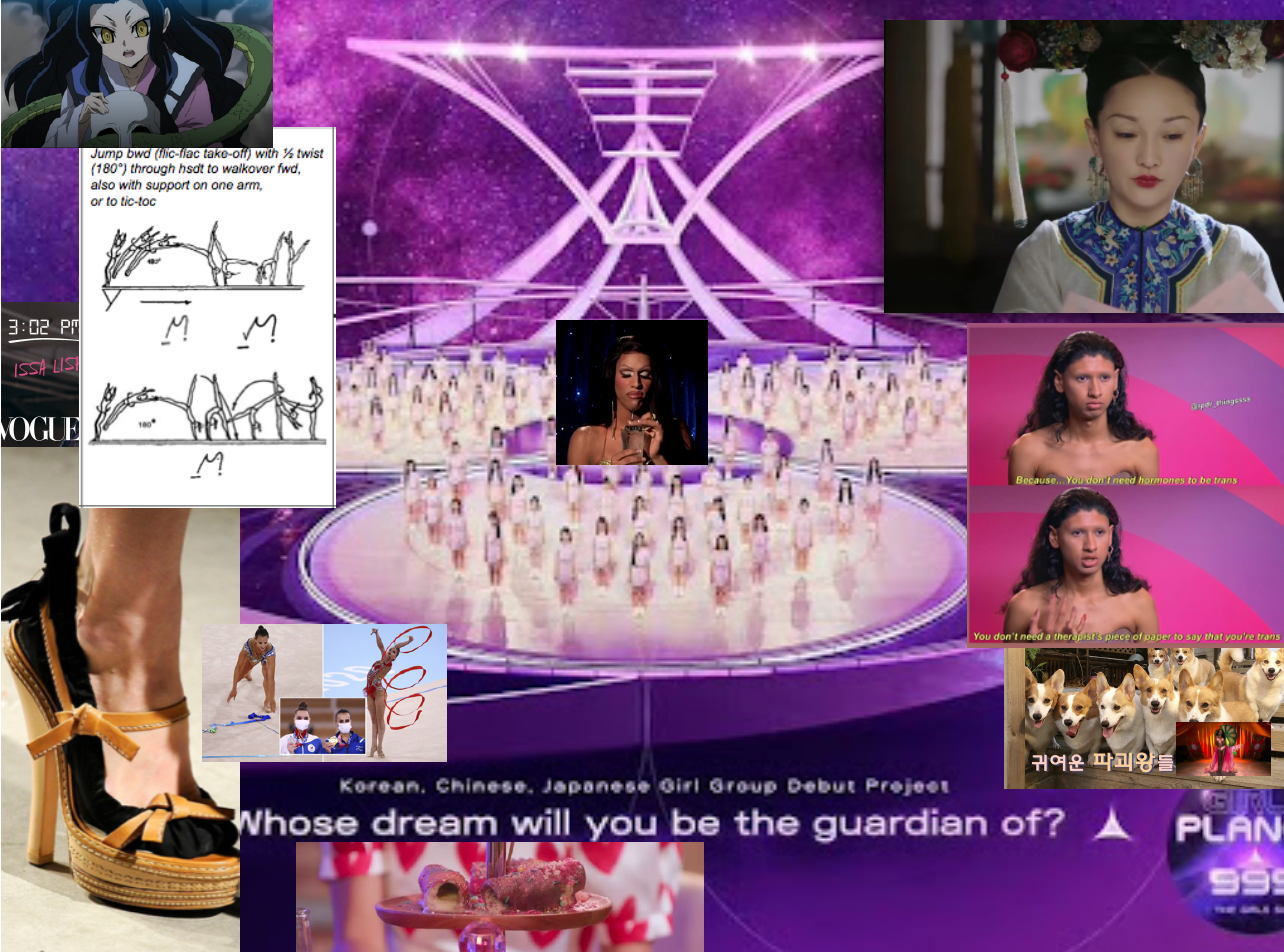Art X Food: A&M Salon at Appetite
Adeline Kueh, Ivan Brehm, Yen Phang and Clara Peh
By A&M
Yen Phang, Adeline Kueh, Ivan Brehm and Clara Peh at Appetite.
Key points:
Food is an entry point to a larger ecosystem of knowledge and labour.
Both art and food create relational spaces by bringing people together.
Transdisciplinary projects are opportunities to develop sustainable practices and engender new languages to describe aesthetic experiences.
The “market”, whether for art, food or in general, can be seen as a space for community.
A&M Salon is a regular gathering of creative individuals to talk about art at intersections with other disciplines. Held in partnership with Appetite, A&M Salon 4: Art and Food saw an enriching and light-hearted discussion among Adeline Kueh, artist, designer, lecturer and curator; Ivan Brehm, Chef and Owner, Restaurant Nouri and Appetite; and artist Yen Phang. The conversation was moderated by Clara Che Wei Peh, Art Lead and Curator at Appetite.
Poster for A&M Salon 4: Art X Food, in collaboration with Appetite.
Food is an entry point to a larger ecosystem of knowledge and labour.
Yen observed that food is more than consuming a meal. It also connects to systems and processes that bring food to the table. All dishes come from large systems of supply chains. For Ivan’s practice of “crossroads cooking”, one cannot talk about food without discussing art, science, money etc. At Appetite, studying history is important to understand how people from all over the world have contributed to the food cultures. In turn, this has changed the way food is made at Nouri, which is about stitching the knowledge gained into an “emulsified mix”.
For Adeline, using food as an artistic medium is about politics of care. It makes evident the invisible labour involved in preparing food. Her foray into the medium began in early 2020 with ‘Lulu’s Roadside Beauties’, where she would forage for botanicals and unpack their traditional medicinal qualities. This practice began as a way of finding beauty in the everyday, and to think about intimate labour at a time when domesticity pervaded people’s lives during the Covid-19 lockdowns.
Both art and food create relational spaces by bringing people together.
Hospitality is a unifying theme in settings where art and food are experienced. Ivan spoke about his rationale for opening Appetite, as he wanted a space to talk about art that is not transactional. Instead, the operation is grounded by a food and beverage business. Like art, food has the ability to bring people together, for one’s defences inevitably fall when sharing a meal. Ivan noted that guests too have responsibilities, to actively play their part in interaction with their host, to create a convivial experience. Yen agreed that an experience is created by both the host, who can be an artist, and the participants. Rather than working with a premeditated result in mind, it is more productive to generate the “fertile” conditions for interactions and relationships that extend after the event.
Adeline explained that approaching her work with honesty is her way to welcome someone. She cited Felix Gonzalez-Torres and Lee Ming Wei as artists who create special experiences and connections with their audiences. Echoing Yen’s response, she added that the outcome does not matter. Instead, Adeline sees being hospitable as a mode of paying it forward, making it an intention to put others at ease.
Transdisciplinary projects are opportunities to develop sustainable practices and engender new languages to describe aesthetic experiences.
Adeline highlighted how the body is not forgotten in the act of eating. This challenges a paradigm where the mind is privileged over the body, and culture over nature. She added that artists practising in this field also resurface forgotten knowledge as well as draw attention to our social and environmental relationships with food. Ivan extended this idea to thinking about food’s connection to the land. The discourse around sustainability should focus on mending lost connections or reinforcing existing ones, rather than looking at issues in boxes. He recognised that artists are able to speak about such issues in a nuanced manner – without using buzz words – which can have greater positive impact.
To Clara’s question of food’s potential to be seen as an art form, Yen stressed the need to go past surface and spectacle, especially in the world of social media. He stated storytelling and intentionality as key factors. Ivan responded by saying that art as food is more than just plating. For him, it is about the aesthetic conversation that happens in the mouth, mind and memory. He is interested in “meaning as an ingredient”, and echoed that food is art when it engages with intent.
The “market”, whether for art, food or in general, can be seen as a space for community.
Towards the end of the discussion, Yen spoke about the meaningful presence of the word “market” in “Art & Market”. Rather than being merely transactional, the market can be about community, relationships and mutual openness. Ivan commented that the word makes him think of Tekka Market in Singapore, and the myriad ingredients it holds, which in turn offers countless combinations as outcomes. Adeline reminisced that in the past, the act of bartering was commonplace at the market, and that it also conjures up the idea of a potluck, where everyone brings a little something for a gathering.
We thank the speakers for the gift of bringing A&M into the sharing, and to all the guests in attendance for a warm and wonderful evening.
To experience past A&M Salon events, click here. If you would like to attend future A&M Salon events, please sign up for our e-newsletter here, or follow us on Instagram!















